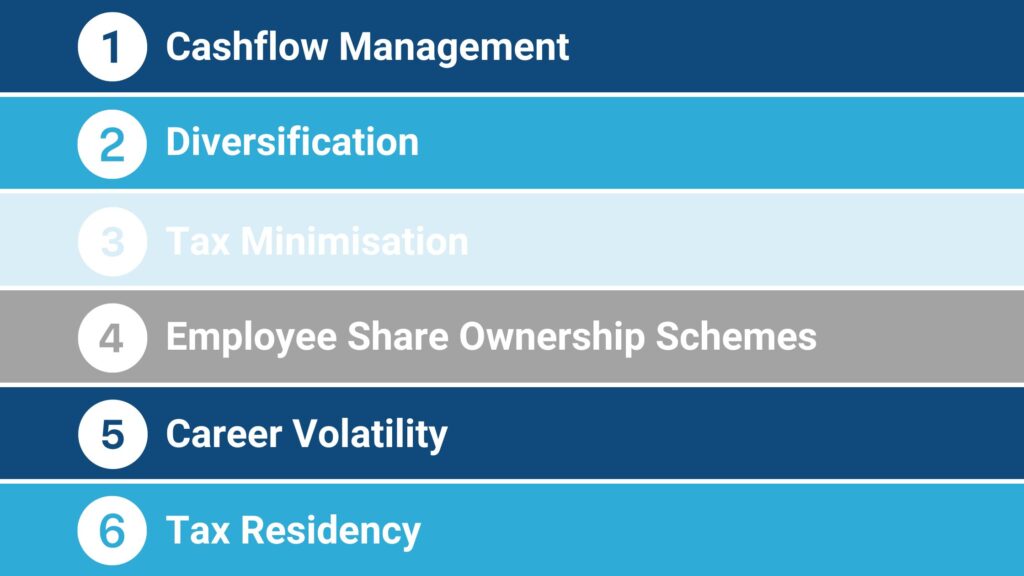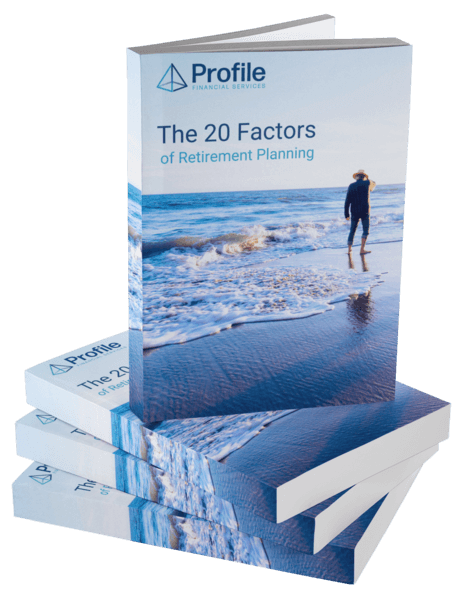This insightful article is the third installment of our limited five-part series which explores the unique financial landscape that is a career in information technology and uncovers some wealth management strategies that will help you do more with your money.
Top six issues when managing your money

Thus far we have delved into the issues around cashflow management and diversification, today we turn our discussion towards tax minimisation.
Tax minimisation strategies
High-income earners need to ensure that their assets are appropriately structured to ensure that they are not paying more tax than is necessary. There are two primary investment structures that tech professionals may want to take into consideration when it comes to tax minimisation: superannuation and trusts.
(a) Superannuation
Making contributions to your superannuation can assist with tax minimisation.
Salary sacrifice
This can be done via salary sacrifice, which means ‘sacrificing’ a portion of your pre-tax earnings into your super account. Salary sacrifice has dual benefits; it helps to grow your retirement nest egg (i.e. your superannuation) and helps to reduce your gross taxable income.
Personal deductible contributions
Personal deductible contributions also assist with tax minimisation and are another type of concessional contribution. These are taxed at a reduced rate of 15% within your super fund, up to the annual contributions cap of $27,500 per annum. Although this is the annual cap, there may be the ability to put additional concessional contributions into super depending on your individual circumstances.
Be aware of Division 293 tax
For individuals who have income over $250,000 per annum it is important to be aware of the Division 293 tax. This is an additional tax of 15% on concessional contributions, and therefore reduces the tax concessions for these contributions if your income exceeds the threshold.
This Division 293 tax is payable on top of the standard 15% contributions tax, however, does not apply to non-concessional contributions which are made with after tax money. What this means is that if you earn more than $250,000 per year, the total tax payable on your concessional contributions is 30%.
(b) Trusts
The second investment structure that supports the objective of tax minimisation is the establishment of a trust.
Reduce taxable income
A trust has the potential to reduce the taxable income of high-income earners as any tax incurred from the assets held within a trust fund is passed onto the beneficiaries who receive the income and thus, does not have to be borne by the original owner of the asset.
Build your wealth framework with professional advice
At Profile Services we can help you build frameworks that grow and preserve your wealth as well as potentially minimise the tax implications by structuring your money for success in a tax-effective manner.
Stay tuned!
Join us for the penultimate part of this series when we discuss one of the biggest issues that impact the financials of information technology employees: employee share ownership schemes.
To stay up-to-date with our latest articles, industry updates and more, simply follow our Facebook or LinkedIn pages!






